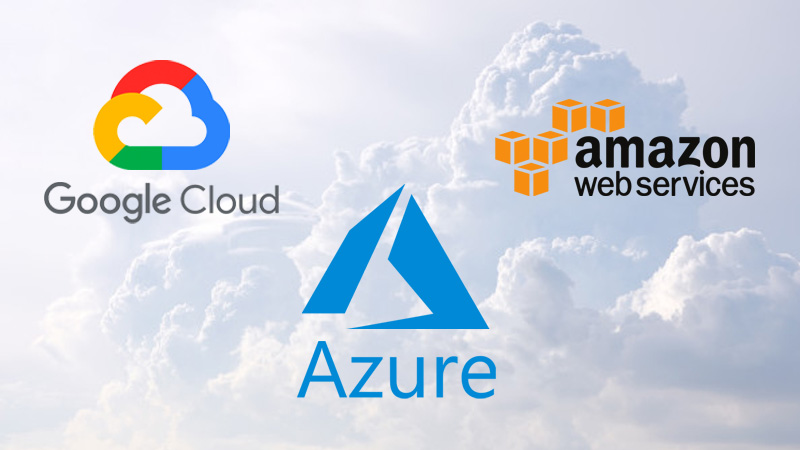Introduction to Cloud Security: AWS, GCP, and Azure
Understanding Cloud Computing
Cloud computing has transformed how businesses and individuals deploy, store, and manage applications. The three major cloud providers—Amazon Web Services (AWS), Google Cloud Platform (GCP), and Microsoft Azure—offer a variety of services that cater to computing, storage, networking, security, and AI-driven applications.
What Are AWS, GCP, and Azure?
Amazon Web Services (AWS)
AWS is the largest cloud provider, offering over 200 services ranging from computing (EC2, Lambda) to storage (S3, EBS), networking (VPC, Route 53), and security solutions (IAM, GuardDuty).
Google Cloud Platform (GCP)
GCP is known for its advanced data analytics, machine learning capabilities, and Kubernetes-based container services. Key services include Compute Engine, Cloud Storage, and BigQuery.
Microsoft Azure
Azure provides a broad set of cloud computing services tailored for enterprises, with strong integration into Microsoft products. Key services include Virtual Machines, Blob Storage, and Azure AD for identity management.
Common Cloud Security Risks and Vulnerabilities
Despite their robust security measures, cloud platforms are still susceptible to various vulnerabilities. Here are some common security risks:
1. Misconfigurations
Misconfigured cloud resources, such as publicly exposed S3 buckets or mismanaged IAM policies, can lead to data breaches. Attackers often exploit overly permissive access settings.
2. Insecure APIs
Cloud services rely on APIs for communication and automation. Weak authentication or improper API configurations can expose sensitive data to unauthorized access.
3. Identity and Access Management (IAM) Issues
Improperly managed IAM roles and policies can lead to privilege escalation attacks, where an attacker gains higher-level permissions.
4. Lack of Encryption
If data at rest or in transit is not properly encrypted, attackers may intercept and exploit sensitive information.
5. Insider Threats
Employees or third-party vendors with privileged access may intentionally or unintentionally compromise security, leading to data leaks.
6. Shared Responsibility Model Misunderstanding
Each cloud provider follows a Shared Responsibility Model, where the provider secures the infrastructure, but users are responsible for securing their applications and data. Many organizations fail to implement proper security controls, assuming the cloud provider handles everything.
Best Practices for Cloud Security
To mitigate cloud vulnerabilities, organizations should follow these best practices:
- Enable Multi-Factor Authentication (MFA) for IAM users.
- Regularly audit cloud configurations to identify and remediate misconfigurations.
- Encrypt sensitive data both at rest and in transit.
- Monitor logs and network traffic using cloud-native security tools like AWS CloudTrail, GCP Security Command Center, or Azure Sentinel.
- Follow the principle of least privilege to limit user and service permissions.
- Automate security updates and patches to reduce exposure to known vulnerabilities.
Conclusion
Cloud security is an evolving challenge, but understanding key risks and implementing best practices can help mitigate potential threats. AWS, GCP, and Azure offer various security tools, but it remains the user’s responsibility to configure and manage security effectively.
